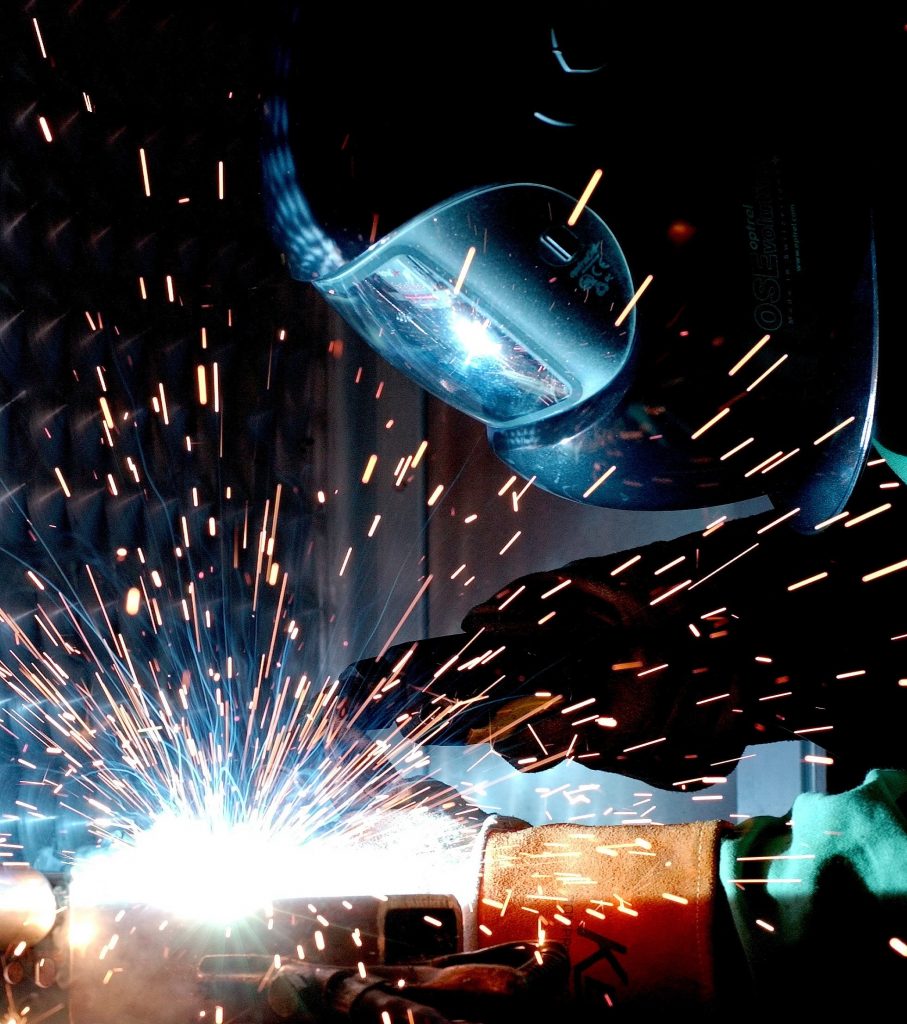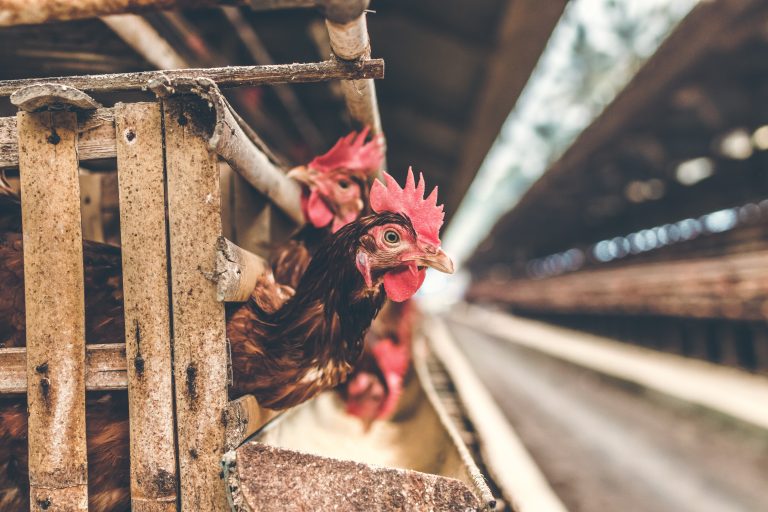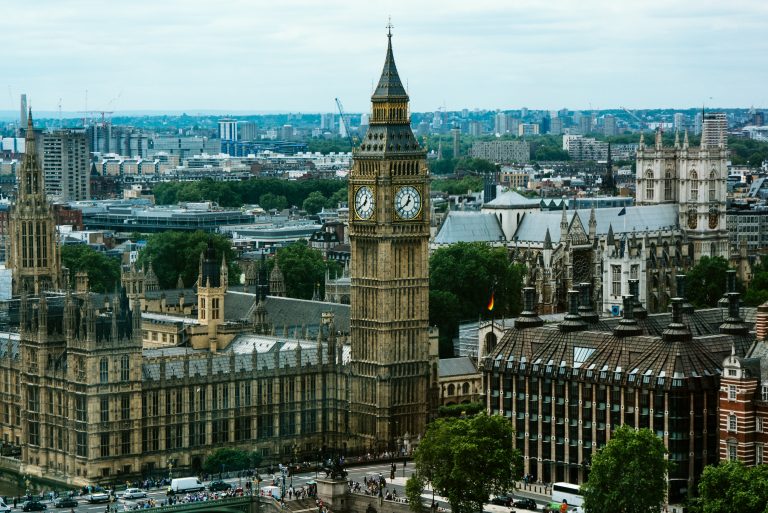Steel Tariffs: What Really Happened

Abstract: The state of the U.S. steel industry is often a bellwether of sorts on the state of
the economy in places like Pennsylvania, where many depend on the industry for their
livelihood. So, it was no surprise that as a presidential candidate, Donald Trump
promised to bring the industry back. As president, Donald Trump, claiming national
security concerns, bypassed Congress and imposed hefty tariffs on steel imported from
China. Workers in the steel industry, where some 6,000 jobs were created as a result of
the tariffs, supported the move. Others, however, did not. The Federal Reserve Board of
Governors said that some 75,000 jobs were lost in U.S. manufacturing as a result of the
tariffs. Consumers buying appliances like washers and dryers, or new vehicles, also faced
higher prices as producers, hit with higher raw materials prices, raised their end-product
prices. Now, analysts are worried that global excess capacity in the industry, together
with plans by some U.S. companies to increase their capacity further, is a looming
problem for an industry that is no longer globally competitive.
Notes: Steel, and particularly foreign-made steel, has been a cornerstone issue for
politicians hoping to win over voters in places like Pennsylvania and Kentucky, where
the steel industry, once a huge employer in the region, has been steadily losing ground to
cheaper imports from China. In the run-up to the 2016 presidential election, then
candidate Donald Trump promised that if elected, he would protect U.S. steel workers
and bring back an industry that has been declining for years. Following his election,
Donald Trump quickly made good on his promise, imposing 25 percent tariffs on steel
imported from China. His supporters cheered what they saw as a new era for the
depressed towns along Pennsylvania’s Monongahela River. Some American steel
producers also saw the tariffs as a chance to expand their production, something that
would create even more jobs for the region.
However, not everyone supported Donald Trump’s move. To get around what would
have certainly been loud objections in Congress, Donald Trump positioned the tariffs as
being essential to protecting national security, a view that was not generally accepted.
U.S. automakers and appliance companies also protested the tariffs, claiming that they
would raise their costs for steel. As large consumers of steel, their profits would certainly
take a hit as a result of the tariffs, and their consumers would be faced with higher prices
as producers passed along at least some of their higher costs. Even within the steel
industry, the tariffs were seen as a cause for concern. Companies in some areas of steel production saw also saw their raw materials costs rise, and consequently, their profits
squeezed.
Donald Trump defended his policy arguing that the policy meant jobs, and it did. Some
6,000 new jobs were created in the steel industry as a result of the tariffs. But at the same
time, according to the Federal Reserve Board of Governors, the higher price on steel
meant that some 75,000 jobs were lost in U.S. manufacturing. Now, while U.S. Steel, one
of the biggest beneficiaries of the tariffs, continues to voice strong support for the policy,
some analysts are worried that global excess capacity for steel production is a problem,
and that plans by some U.S. producers, protected by the tariffs, to expand their own
capacity will create further complicate the situation. Analysts argue that the U.S.
companies are basing their strategies on unrealistic 2018 prices. Indeed, with prices
already dropping , U.S. steel workers may well find themselves back where they started,
in an industry in which the United States is no longer globally competitive.
Discussion Questions:
- Countries use tariffs to achieve policy goals. What is a tariff? How do tariffs affect
price? What do they mean for producers? What is the potential impact of tariffs for
consumers? Do tariffs always help workers? Explain. - Consider the political cost of the tariffs as compared to their economic impact.
What was the rationale behind the tariffs imposed by Donald Trump on steel imports
from China? Do you agree with Trump’s policy? Why or why not? Is the U.S. steel
industry essential to the national security of the United States? - Discuss the state of the U.S. Steel industry and the inroads made by China in recent
years. How is China able to undercut U.S. steel prices? As a U.S. consumer buying a new
car, are you in favor of free trade when it comes to Chinese steel?
Sources: WSJ: Tariffs Didn’t Fuel Revival for American Steel by By Bob Tita and William Mauldin; NBC News: Trump steel tariffs raised prices, shriveled up demand, led to job losses, some Michigan workers say by Reuters













